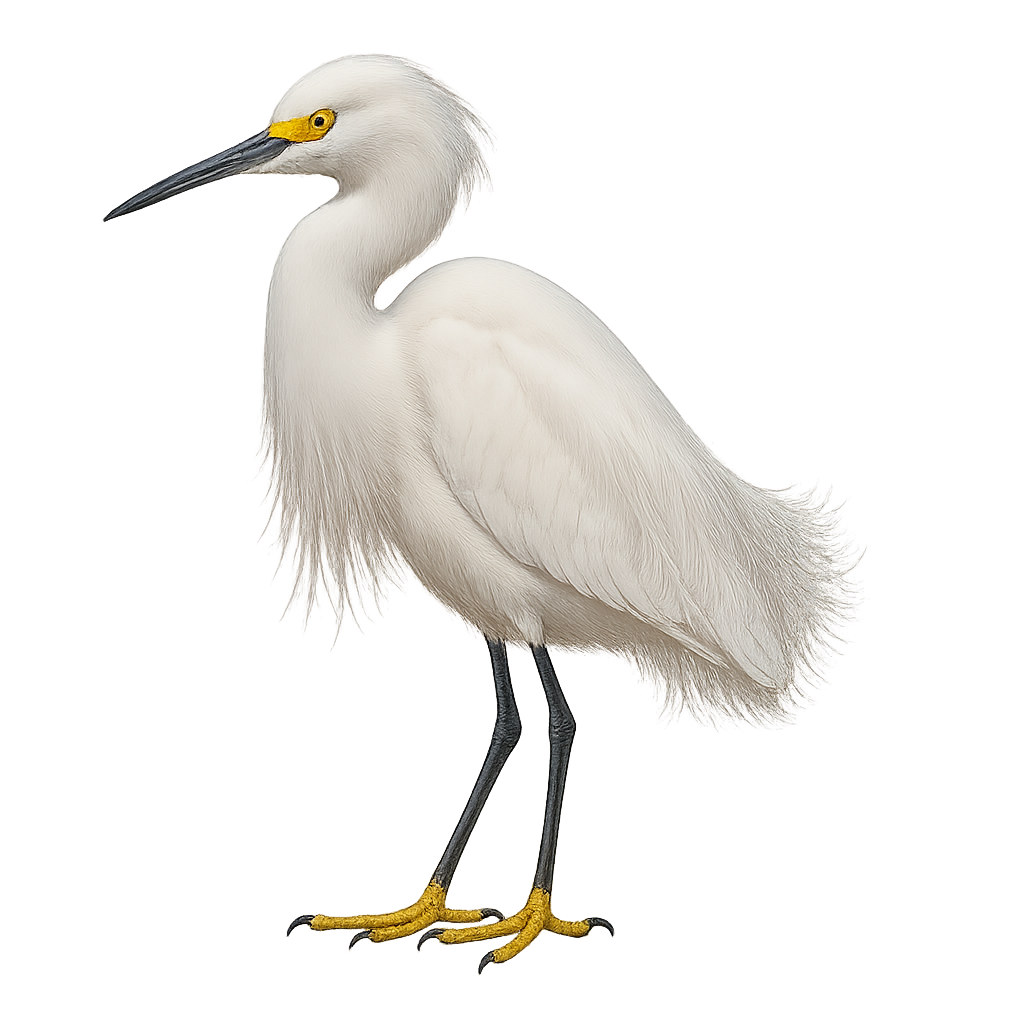Your wildlife photography guide.
Explore the snowy egret in detail, study its behavior, prepare your shots.
Where to observe and photograph the snowy egret in the wild
Learn where and when to spot the snowy egret in the wild, how to identify the species based on distinctive features, and what natural environments it inhabits. The WildlifePhotographer app offers tailored photography tips that reflect the snowy egret’s behavior, helping you capture better wildlife images. Explore the full species profile for key information including description, habitat, active periods, and approach techniques.
Snowy Egret
Scientific name: Egretta thula

IUCN Status: Least Concern
Family: ARDEIDAE
Group: Birds
Sensitivity to human approach: Suspicious
Minimum approach distance: 10 m
Courtship display: March to June
Incubation: 21-25 jours
Hatchings: March to July
Habitat:
Marshes, estuaries, wetlands
Activity period :
Primarily active during the day, with peak activity in the morning and late afternoon.
Identification and description:
The Snowy Egret, Egretta thula, is a medium-sized, elegant waterbird easily identified by its pure white plumage and contrasting black legs with yellow feet. It has a long neck and a slender, pointed black bill, perfect for catching aquatic prey. Found mainly in wetlands, marshes, and estuaries, it feeds on fish, crustaceans, and insects. Its flight is graceful, with slow, steady wingbeats. The Snowy Egret is often seen in small groups but can also be solitary. It is known for its spectacular courtship displays, where it fans its feathers to attract a mate.
Recommended lens:
400 mm – adjust based on distance, desired framing (portrait or habitat), and approach conditions.
Photography tips:
To photograph the Snowy Egret, it's advisable to use a 400mm or longer telephoto lens to capture detailed images without disturbing the bird. Look for wetlands or estuaries where they actively feed. Morning or late afternoon light is ideal for capturing shots with beautiful soft lighting. Be patient and discreet, using natural covers to blend in. Focus on moments when the egret is in action, such as hunting or preening, for dynamic and captivating photos.
The WildlifePhotographer App is coming soon!
Be the first to explore the best nature spots, track rutting seasons, log your observations, and observe more wildlife.
Already 1 409 wildlife lovers subscribed worldwide

